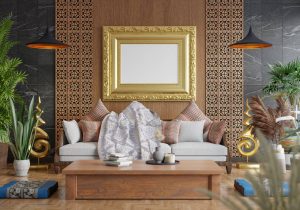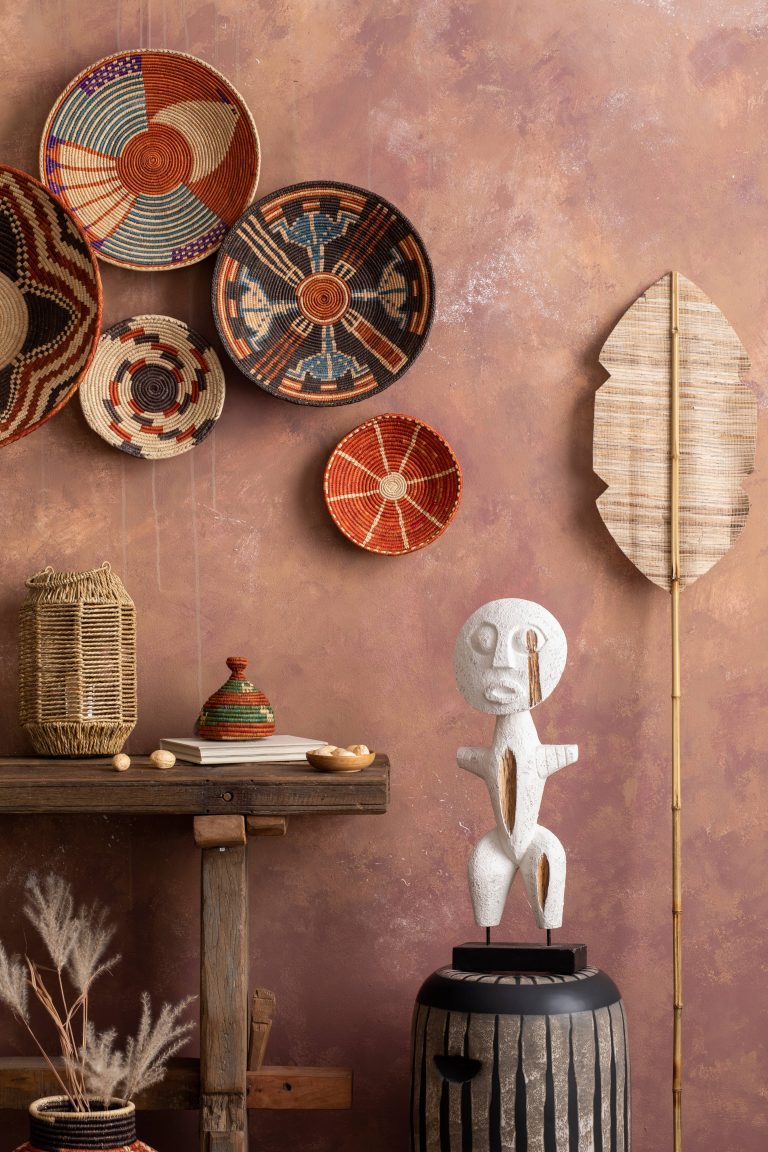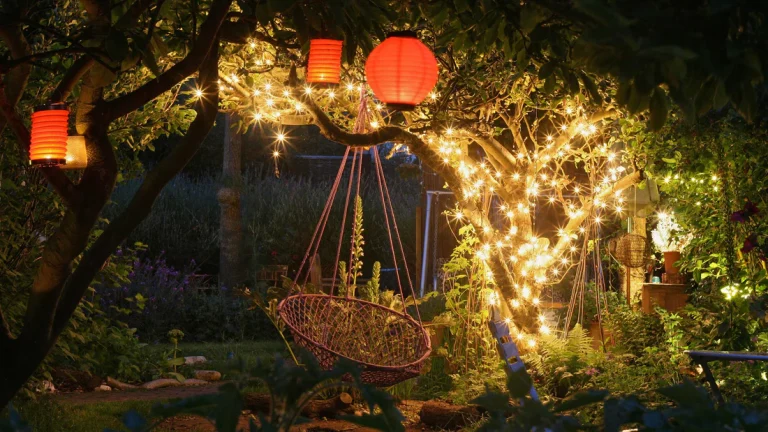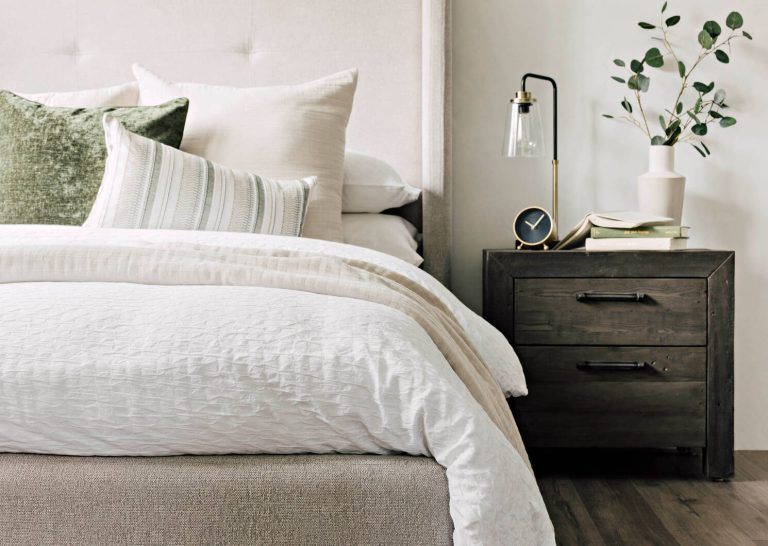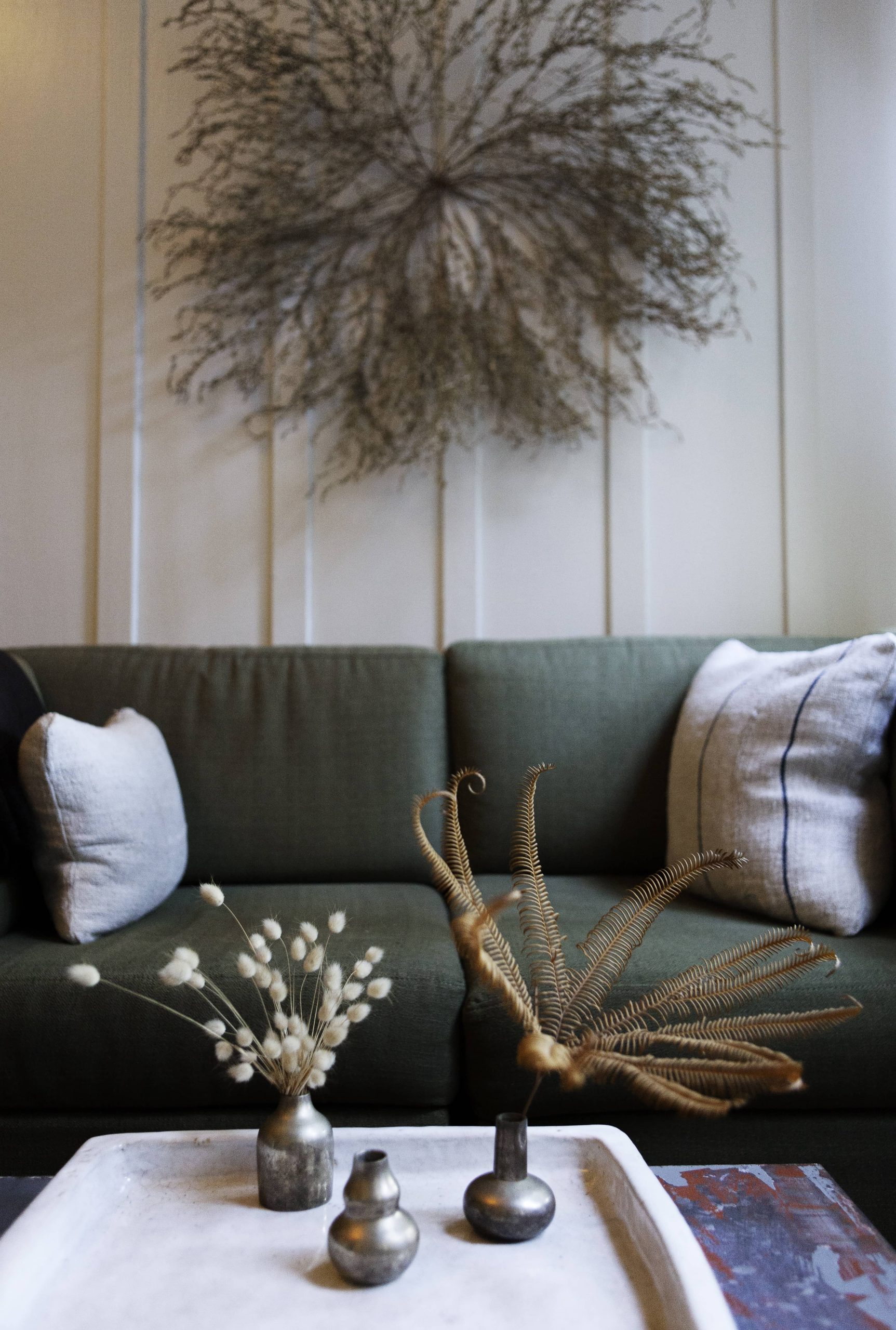
In today’s interconnected world, the trend of infusing cultural elements into home decor is on the rise. This approach not only adds richness and diversity to your living space but also tells a story about your personal experiences and interests. Embracing global aesthetics can transport you to far-off places and connect you with traditions and histories that resonate on a personal level. Whether you’ve traveled extensively or you’re an appreciator of world cultures, integrating cultural elements into your home decor is an enriching endeavor. Here’s how you can start:
Understanding Cultural Appreciation vs. Appropriation
Before embarking on this global decor journey, it’s crucial to approach it with sensitivity and respect. Cultural appreciation involves understanding and respecting the values, traditions, and history of another culture. In contrast, cultural appropriation is the adoption of elements from another’s culture in a way that minimizes or ignores its significance.
To ensure you are appreciating rather than appropriating, take the time to learn about the cultural elements you wish to incorporate. Research their origins, understand their meanings, and if possible, purchase from artisans or companies that ethically source their products.
Identifying Your Cultural Inspiration
The first step in incorporating cultural elements is identifying which cultures resonate with you or have played a role in your life. This could stem from your heritage, places you’ve traveled, or even cultures you’ve admired from afar. Each culture offers a diverse range of styles, motifs, and color palettes. For instance:
– Japanese Zen inspires minimalism using natural materials and a focus on simplicity and calm.
– Moroccan decor is rich with bold patterns, vibrant colors, and intricate tile work.
– Scandinavian design is characterized by simplicity, functionality, and a connection to nature with its clean lines and muted color palette.
– Indian decor offers a riot of colors, embellishments, and a mix of textures designed to excite all the senses.
Key Elements to Incorporate
Textiles
One of the easiest ways to add a touch of world culture to your home is through textiles. Rugs, curtains, and cushions can change the look and feel of a room dramatically. Consider a Persian or kilim rug to add warmth and color to your space. African mud cloth pillows or silk throws from Thailand can provide texture and depth to a sofa or chair.
Art and Wall Decor
Art is a profound way to showcase cultural appreciation. You might invest in traditional art pieces like an Aboriginal painting or a Chinese calligraphy scroll. Prints or photographs capturing scenes from your favorite parts of the world also bring cultural flair and personal history into your home. Again, always try to buy from artists directly or through reputable channels to ensure your contributions are supporting artisans.
Furniture
Consider adding one or two statement pieces of furniture. A carved wooden chair from Indonesia, a French antique table, or a vibrant hand-painted Mexican cabinet can serve not only as functional items but as conversation starters and focal points in your space.
Ceramics and Pottery
Every culture has its unique approach to pottery and ceramics. Japanese tea sets, Italian terracotta, or Moroccan tagines can all be beautiful and functional. These pieces add a natural element to your decor and also a practical one, allowing you to serve meals or display flowers in culturally significant wares.
Indoor Plants
Incorporating plants that are native to a region can also bring a slice of that culture into your home. Bamboo, for instance, is synonymous with Asian decor, while succulents are often found in Mexican and Southwestern American designs. Alongside the aesthetic benefits, plants imbue your home with life and freshness.
Creating Spaces with Cultural Themes
While infusing your entire home with pieces from various cultures is exciting, creating culturally themed spaces can provide coherence and focus. Imagine a Moroccan-inspired nook filled with lanterns, cushions, and a low table for tea, or a Scandinavian-style bedroom with light wood furniture, sheepskin throws, and a calming earth-tone palette.
Personal Stories and Integration
Your home should tell your story. Integrating cultural elements with personal significance transforms decor into a narrative. Display family heirlooms, travel mementos, or gifts from friends around the world to blend your personal history with cultural artistry.
Supporting Global Artisans
Incorporating cultural elements isn’t just about aesthetic appeal; it’s also about supporting global artisans and their crafts. Many artisans rely on traditional methods passed down through generations, offering a sustainable, authentic connection to their culture. Websites, fair trade markets, and global boutiques now make it easier to purchase genuine cultural objects while ensuring that the creators are compensated fairly.
Conclusion
Adding cultural elements to your home decor is about celebrating diversity and telling a story through design. You don’t need a passport to take this journey—only a desire to learn and appreciate the beauty that each culture brings to our shared world. Through textiles, art, furniture, ceramics, and even plants, your home can become a tapestry of global influences that inspire, educate, and welcome.
So, embark on this cultural decor journey with sensitivity and curiosity. Your home, a reflection of your own worldliness, will not only be a place of comfort and beauty but a hub of stories and cultures that you have cherished along the way.



